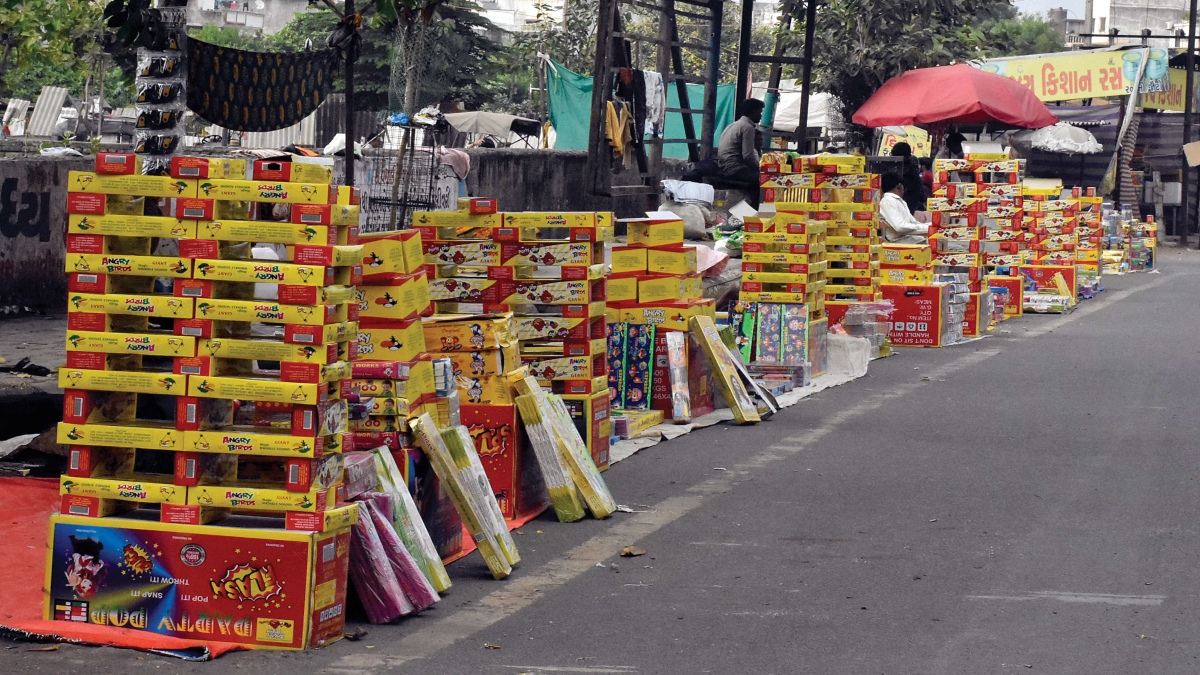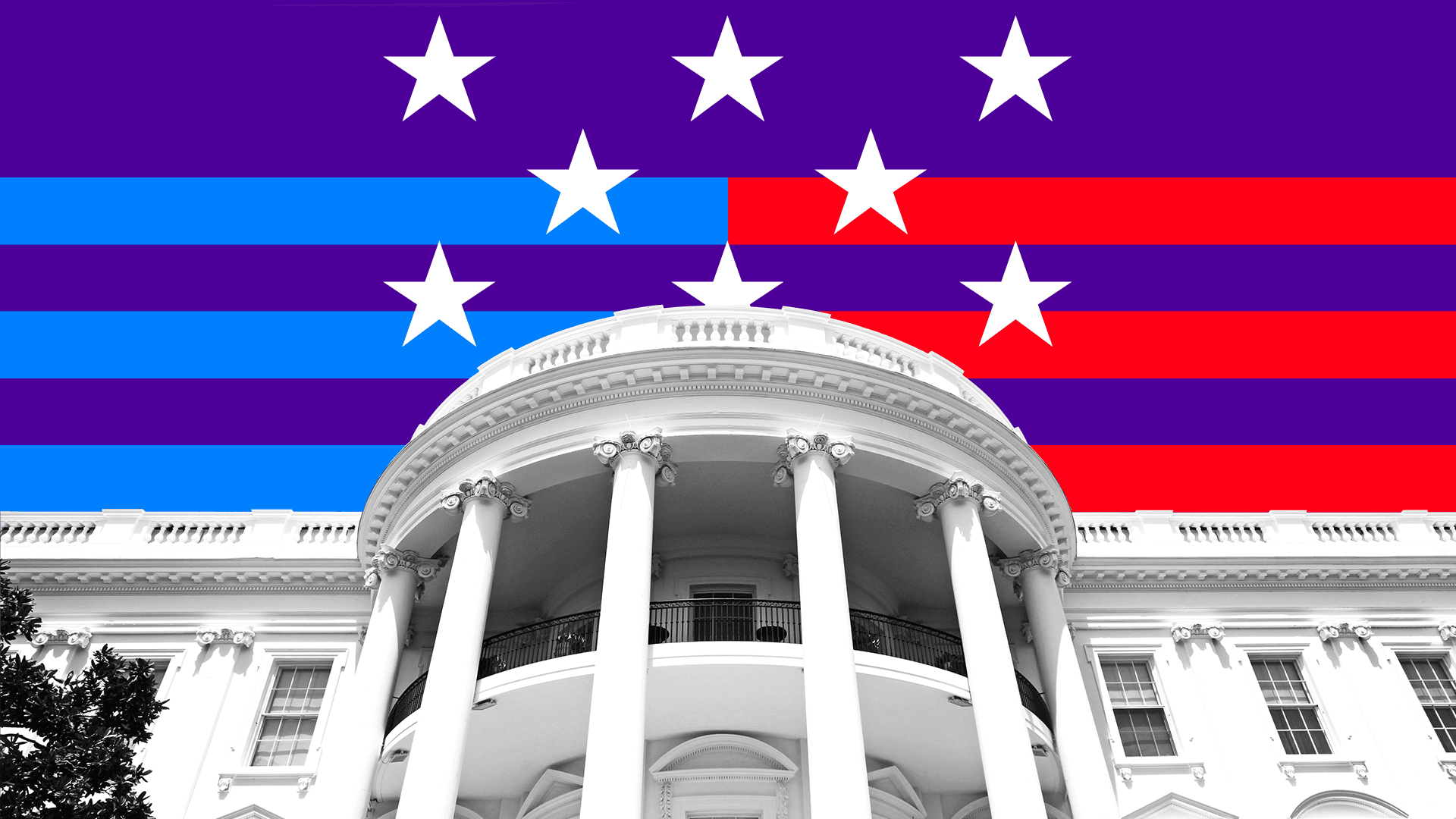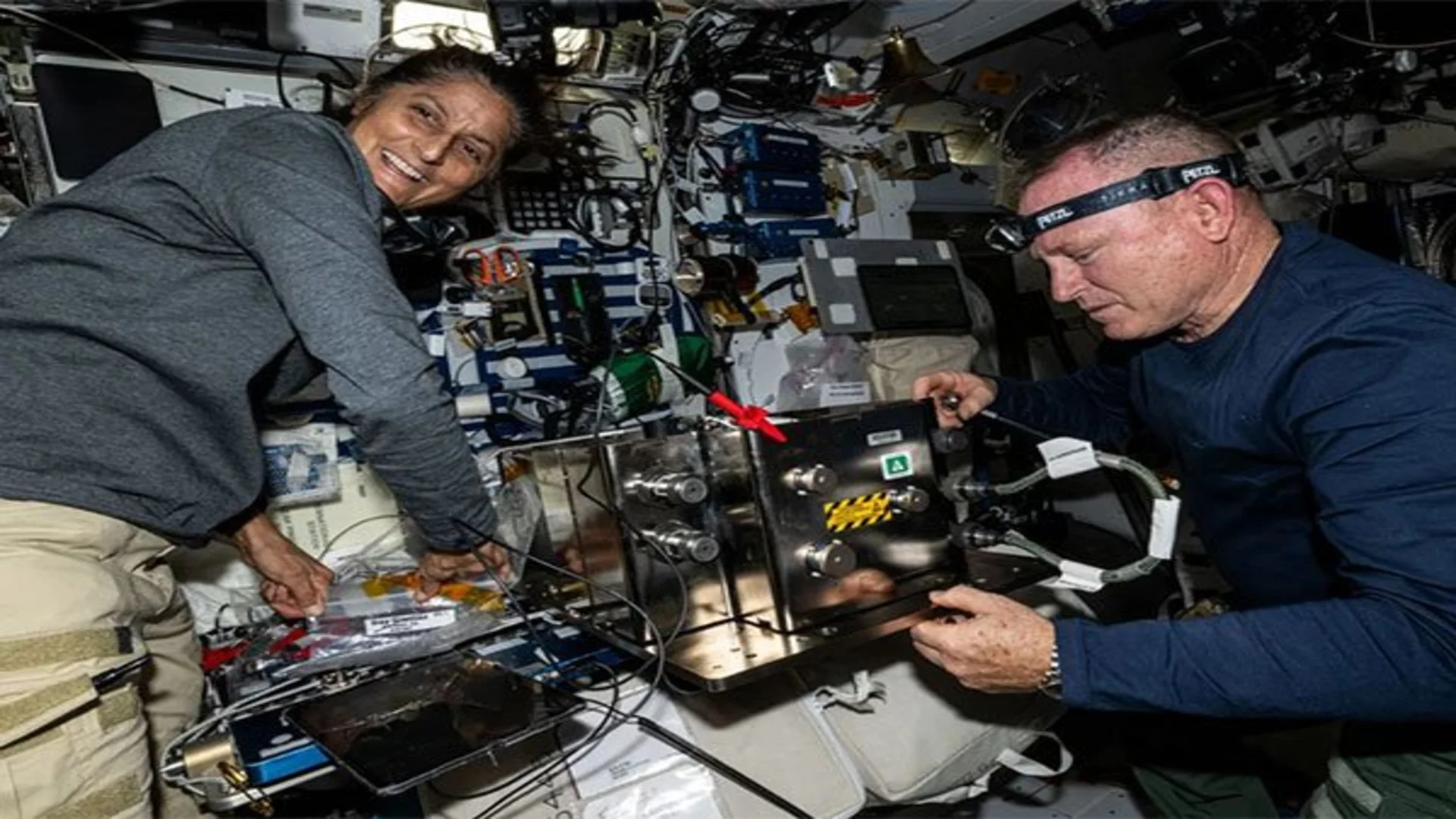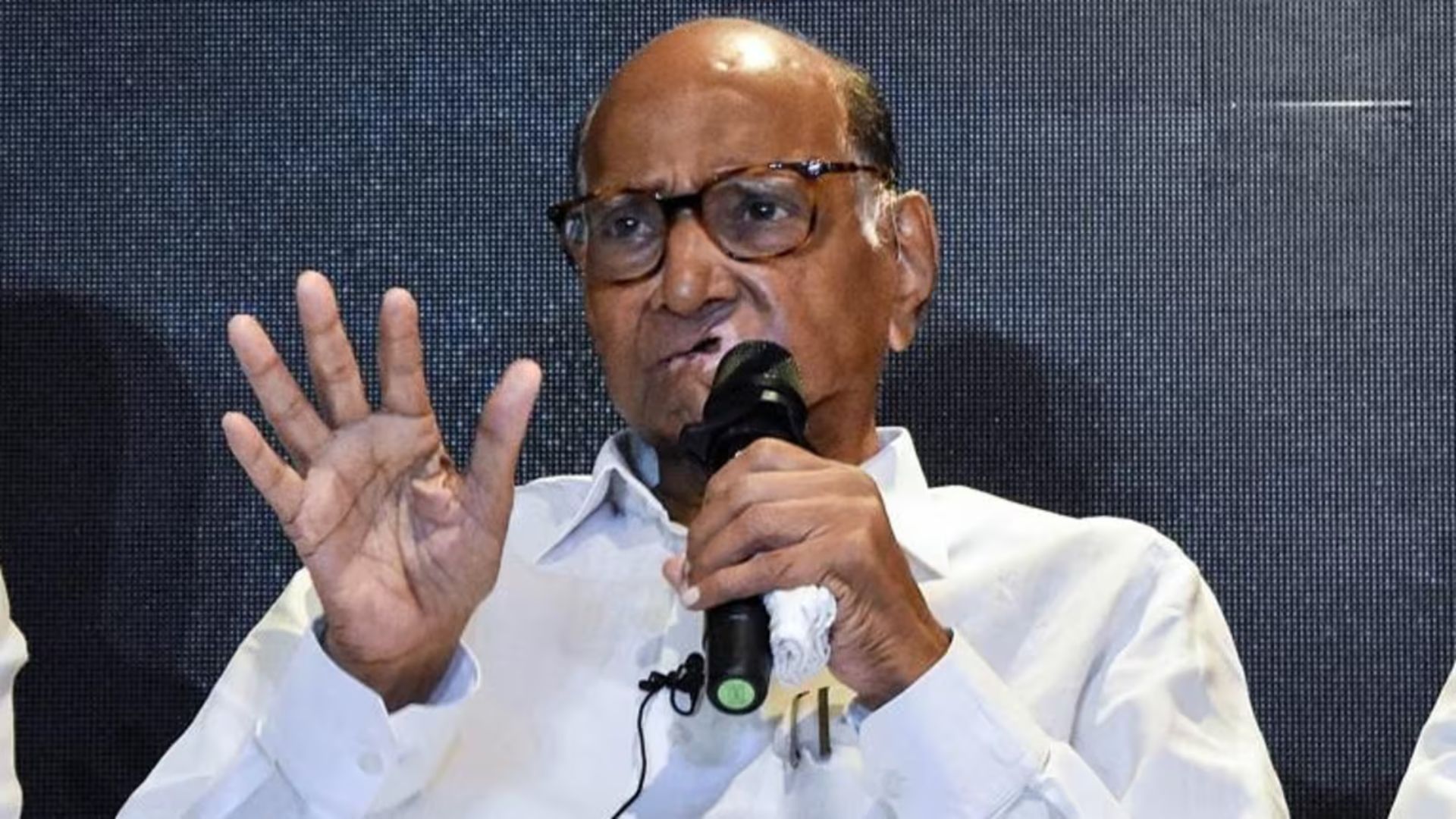
A much-awaited October 23 verdict of the Supreme Court on fire cracker ban has come as a great disappointment. It only strengthens a popular conviction repeatedly expressed in many of my columns that judges need better exposure to social environment or their judgements become inoperable. The verdict is based upon some highly distorted and propagandized beliefs; that there is something like green crackers, that green crackers do not pollute, that enforcement agencies can actually enforce a two hour duration for lighting crackers and can also test noise pollution levels for taking action and lastly that sale of crackers would be confined to licensed vendors only since the judges at the Apex Court want it. The worst is hon’ble Court’s complete impudence towards child labor regulations and dangers to citizen’s health closely associated with fire cracker industry. The knowledge and the hope reflected in a fatigued reaction of Justice Shah and Justice Bopanna in previous September sittings such as, ‘Everyday, everyday there is violation in this regard…..in religious processions, political rallies,’ has now turned a cause into will-o-the-wisp.
Neither is a fire cracker industry benign nor is any Diwali incomplete without fire crackers. A rowdy child living within many grown ups wishes to enjoy noise as a crib jingle toy for a baby. So much stronger becomes this desire nearing festivals that all consideration towards elderly, disabled, medically weak and small babies is ignored.My own daughter who was a day old on Diwali froze on the ear-drum blasting sound of Diwali bombs and our timely rush to the hospital saved her. My graduate student suffering from bronchial asthma was not so lucky in 1991. In the midst of Diwali triggered severe bronchospasm she was rushed from R.K.Puram to AIIMS but lost the battle. Some years later, a 10 year old girl in our neighbourhood died of burns as her dress caught fire through arbitrary burning of crackers on the roads.
Judges need to understand that the density of Delhi population since then has increased from a mere 135 per ha to above 9400 per sq.kms and in four of its districts it crosses 28000 mark per sq.kms. The neighbourhood Gurgaon alone crosses the mark of highest density state of West Bengal to 1241 per sq. Kms. Delhi’s neighbourhood population constituting the NCR is shockingly growing by 80%. Besides, this small space is shared by a large number of pets and homeless animals who become the first victims of rowdy pollution inflicted with impunity in the name of cheap fun by grown ups. What more could be seen by judges? For changing times, rules need to change and in current circumstances its criminal to allow crackers.
A large number of children are employed in fireworks industry in complete defiance of the Child and Adolescent Labour (Prohibition & Regulation) Act 1986 amended in 2016 (CLPR Act), Factories Act 1948, Juvenile Justice (Care & Protection) of Children Act 2015 and ILO warnings to India for being the highest employer of children below 14 years of age in the world adjoining closely the numbers in Sub-Sahara Africa. Indian Constitution has a fuzzy way out for child employers as under Art 24 it is prohibited in hazardous industries and not in non-hazardous industries. When children sit and wrap crackers in an informal and unorganized tent based fire cracker factory a large majority of them get waivers from local enforcement agencies who refuse to acknowledge the task as hazardous even though their tiny soft fingers get corroded and toxins seep into their blood stream causing irreparable harm to their health. Most of these child workers become unfit for any work by the time they reach their twenties. Poverty at their homes is generally raised as an argument for soft action by enforcement agencies. Even today more than an estimated two lac children are employed in hazardous industries across the country.The town of Sivakasi (TN) which is almost a 100 percent monopoly supplier to the firecracker market is also home to the largest percentage of child labour. The 1989 Report of Shubh Bhardwaj and 2002 of ILO has brought to surface those inhuman and precarious conditions in which these children work and also die in frequent blaze accidents that keep occurring from time to time in such factories. The clandestine manner in which this work continues is a product of a nexus between a law maker and its implementor. Its surprising that the Judges would turn a blind eye to it.
The judges have also not been able to fix liability on the authorities in charge even though they had been upbeat about it in previous court sittings on the case. They had identified Police Commissioner for fixing a liability which however went missing in the final verdict. The Court even overlooked the argument of petitioner’s learned Counsel Sankaranarayanan who clearly established that toxic ingredients are still largely used in so called green crackers. Environmentalists have clearly established that there is nothing like green crackers. In the 2018 judgement which had allocated to the Petroleum and Explosives Safety Organisation (PESO)the task of reviewing the composition of crackers to find if banned chemicals like lithium, arsenic, antimony ,lead or mercury was still in use.The PESO findings have since been overlooked. The respondents a group of firework manufacturers M/s Standard Fireworks, M/s Hindustan Fireworks, M/s Vinayaga Fireworks Industries, M/s Shree Mariamman Fireworks, M/s Shree Suryakala Fireworks and M/s Selva Vinayagar Fireworks could churn out a compromised formula from the court. The Supreme Court’s 2018 verdict, in which it said that ‘the manufacture, sale and use of joined firecrackers (series crackers or laris) is hereby banned as the same causes huge air, noise and solid waste problems’ had done little to reach a complete ban but the October 2021 verdict is discouraging for not evolving into a reasonable ban appropriate for the changing times.
The manner in which the court has handled the fireworks ban case is an indication of judicial indigence of exposure to socio-medical health data of people in India. Under the famous legal principle of corpus delicti in arson, even an uncorroborated testimony of a single eyewitness, if credible, may be enough to prove the corpus delicti and to warrant conviction. Admirable are judges who set an ethos of judicial discipline amongst enforcement agencies. Currently, judges provoke enforcement agencies to file a contempt petition if they disagree rather than holding them stringently responsible for implementation.
Interestingly the same judge, Justice M.R.Shah who constituted the Bench with Justice Arun Mishra for ordering to demolish four storeyed swanky, high-end apartment complexes at the Maradu municipality of Kochi coastal zone despite expressing it as a ‘painful duty’ has not been able to demonstrate an equivalent respect for the cause of life in the fireworks case. Who does not know that if enforcement agencies were committed and honest every judicial verdict would come hammering upon offenders but alas, this does not exist. In both cases regulations exist but trust in enforcement agencies blinds the verdict in fire cracker case.
The Court has overlooked substantial evidence pointing towards the need for a complete ban. It has also spilled ink on its previously expressed sensitivity shared in September Court sitting debates where it declared in unequivocal terms that ‘the right to life is above right to employment’ which made headlines in newspapers.
Once again environment lost its battle against polluting factories!
The author is president, NDRG, and former Professor of Administrative Reforms and Emergency Governance at JNU. The views expressed are personal.
When children sit and wrap crackers in an informal and unorganized tent based fire cracker factory a large majority of them get waivers from local enforcement agencies who refuse to acknowledge the task as hazardous.















